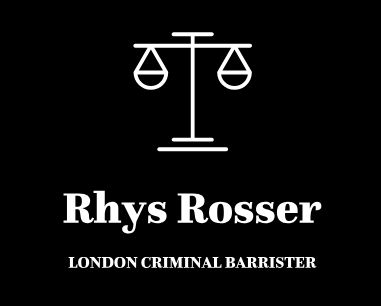What is the Meaning of Possession?
The Meaning of Possession - Firearms, Criminal Property and Indecent Images.
So what does possession mean?

Barristers and Solicitors are often asked about what possession actually means. This can be in the context of firearm offences, possession of criminal property or most commonly indecent images of children.
There are regularly occasions when items are left with an individual who did not know they are there or that files are downloaded to a device without an individual's knowledge.
"Possession" involves both a physical and mental element. The physical element is that a person must have custody and control of the photographs in question. The mental element is knowledge – a defendant must knowingly have custody and control of the photographs.
This can mean, for example, when an individual takes possession of an item or has images automatically downloaded to their device, they cannot be said to have custody and control of any images.
The most recent case law in respect of possession is R v Okoro (No. 3) [2018] EWCA Crim 19. The test is now settled to be a two-stage test as follows, of course the Crown would bear the usual burden and standard of proof:
1. The images must be in the custody or control of the suspect i.e. so that they are capable of accessing, or in a position to retrieve the image(s); and
2. The suspect must have known that they possessed an image or group of images on the relevant device/devices. Knowledge of the content of those images is not required – the statutory defences deal with that.
The following principles have been considered as relevant in relation to deleted images (R v Porter [2006] 1 Cr. App. R. 25; R v Leonard [2012] 2 Cr. App. R. 12):
1. Where the photos are stored on the device (or where an item is stored physically)
2. The means by which they could be retrieved in the sense set out above
3. Whether the suspect has the wherewithal to retrieve them i.e. the technical knowledge/software/equipment required to do so.
In the alternative, Defendants can often rely on the case of R v Collier [2005] 1 Cr. App. R. 9. This provides a defence as the Court of Appeal held that a lack of awareness in respect of the inclusion of children on the CD enabled him to rely on the statutory defence despite the fact he knew due it was indecent.
Fill in the Below to Contact Rhys and to obtain legal advice










